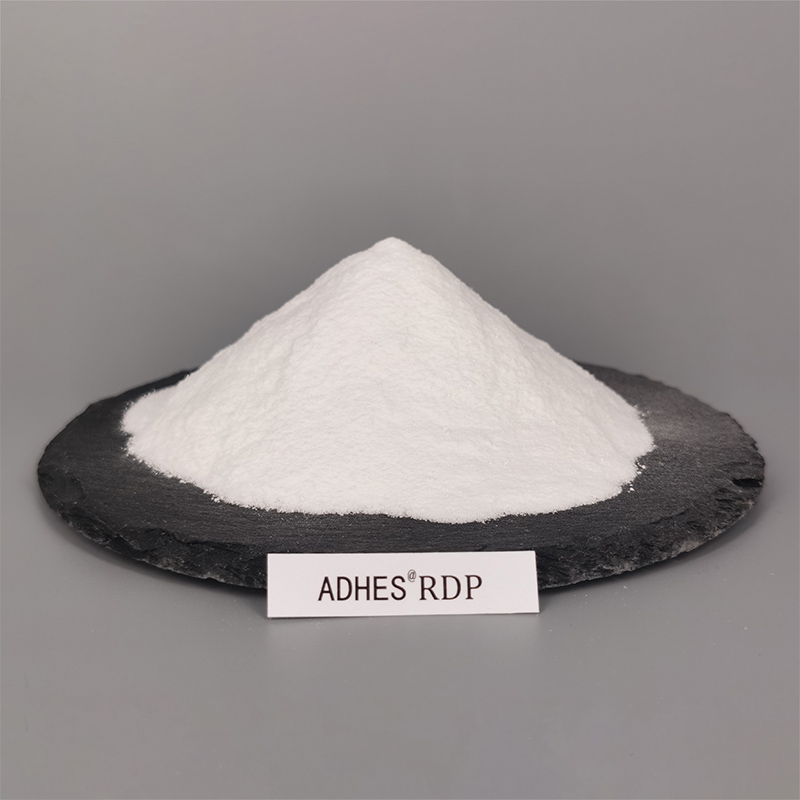No-drip paint and self-healing materials are made with polymers that contain “stickers”—chemical structures that form easy-to-break bonds. The currently favored theory for the behavior of such polymers assumes that it is controlled by the sticker bond strength. However, new experiments by Li-Heng Cai from the University of Virginia and his colleagues call that theory into question [1]. Instead, the team’s results indicate that sticker density is the key control knob for this system.
The way to make sticky polymers—also known as associative polymers—is to insert chemical links into the molecular chains that make up the polymer. These chemical stickers can form temporary attachments between chains, slowing the overall motion of the polymer. This friction-like effect has proved useful in controlling the viscosity of paints and fuels. Sticky polymers can also reform broken bonds—a self-healing feature that could benefit biomaterials used for tissue regeneration. Anti-Crack

In their experiments, Cai and his colleagues synthesized polymers with up to eight stickers per polymer segment, in contrast with the typical one. The higher sticker densities resulted in polymers with more uniform stickiness. In x-ray imaging, the researchers found that the stickers interacted without collapsing into clusters—contradicting theoretical expectations. To explain this behavior, they devised a theory that considered polymer sticker density rather than the previously used bond strength. Cai says that their observations and modeling could guide further development of associative polymers.
Michael Schirber is a Corresponding Editor for Physics Magazine based in Lyon, France.
Shifeng Nian, Shalin Patil, Siteng Zhang, Myoeum Kim, Quan Chen, Mikhail Zhernenkov, Ting Ge, Shiwang Cheng, and Li-Heng Cai
The early failure of thin-walled cones under compression was thought to arise mainly from the presence of imperfections. A new model suggests otherwise. Read More »
Certain twisted semiconductor bilayers are predicted to host a Fermi liquid of composite fermions—remarkably, without an applied magnetic field. Read More »
The combination of nuclear magnetic resonance with first-principles calculations uncovers the stacking patterns of layers of a quantum material—information that could enable a deeper understanding of the material’s behavior. Read More »
Shifeng Nian, Shalin Patil, Siteng Zhang, Myoeum Kim, Quan Chen, Mikhail Zhernenkov, Ting Ge, Shiwang Cheng, and Li-Heng Cai
A crystalline reflective coating being considered for future gravitational-wave detectors exhibits peculiar noise features at cryogenic temperatures.
The early failure of thin-walled cones under compression was thought to arise mainly from the presence of imperfections. A new model suggests otherwise.
The envelopes for this year’s Nobel Prize winners are already sealed, but a survey of physicists offers ideas on future discoveries that are shoo-ins for Nobel recognition.
Sign up to receive weekly email alerts from Physics Magazine.

Rheology Modifier Mhec Use of the American Physical Society websites and journals implies that the user has read and agrees to our Terms and Conditions and any applicable Subscription Agreement.
